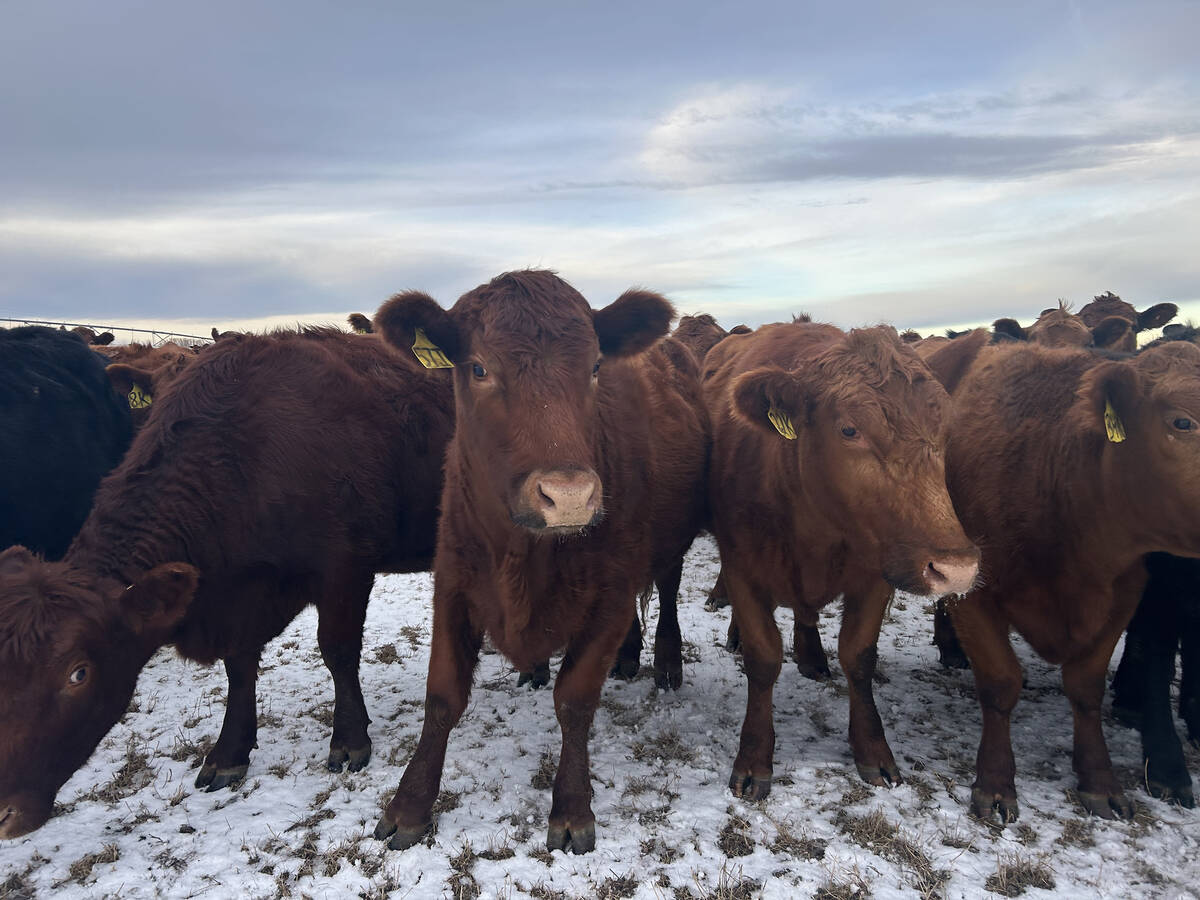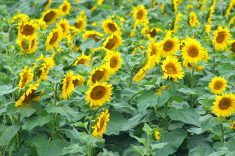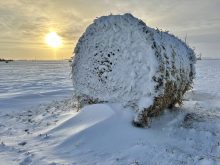Warmer temperatures and dry skies across growing areas of the U.S. have allowed farmers to make huge gains in seeding activities — although the haste to plant may not necessarily produce the best crop.
Across the U.S., farmers raced to get crops sown after a slow start to the 2013 season. The changing weather was the biggest driver in the weekly progress. Instead of below-average temperatures, values climbed to normal levels in the eastern Corn Belt and to a few degrees above normal in the western Corn Belt. Critically, there were only a few isolated patches of moderate rain and light showers elsewhere.
Read Also

Feed Grain Weekly: Prices levelling as demand wanes
Soft demand has feed grain prices levelling off, said Darcy Haley, vice-president of Ag Value Brokers in Lethbridge, Alta.
Prior to the U.S. Department of Agriculture’s most recent crop progress report, the average estimate of corn planting was 60 to 65 per cent. USDA exceeded expectations in estimating farmers had sown 71 per cent, up 43 percentage points from the previous week’s report.
Based on earlier corn planting intentions, that would equal U.S. farmers planting a staggering 41.8 million acres of corn in one week. The previous record was 34.1 million acres.
The power of new seeding technologies was amply apparent in the blistering pace, as autosteer technologies, combined with ever larger precision planters, worked in tandem with the weather.
Progress with corn acres was the greatest, but corn was not the only crop seeing large weekly gains. All crops showed increases, ranging from moderate to large. Seeded spring wheat acres increased 24 points, barley 15, oats 16, soybeans 18, cotton 16, sorghum six, peanuts 24, rice 11 and sugarbeets 29. In all, 62.8 million acres of the major crops were sown over the week.
Clearly, though, farmers’ focus was on corn seeding, with good reason. Planting deadlines for crop insurance at full coverage loom in many growing areas. Dates across the Corn Belt range from May 25 to June 5 depending on location. Growers can still plant after those dates but eat a one per cent reduction in coverage for each day planting is delayed.
“One of many influences”
Farmers are also constantly admonished by agronomists to plant during the ideal window for crops in their area. Conventional wisdom dictates one should seed early for the best yields — yet the relationship between planting dates and final yield isn’t necessarily strong.
Last year, for example, corn seeding was at or close to its fastest ever — yet the national yield of 123.4 bu./ac. was well below trend. Growers have seen the converse, as well, where late-sown crops have performed very well when all ideal growing conditions are received later in the season.
As Bob Nielsen, extension corn specialist with Purdue University’s agronomy department at West Lafayette, Indiana, explains, “Planting date is simply one of many influences on absolute corn yields.”
In Indiana, Nielsen has found, planting dates account for only 23 per cent of the yield variability — and other issues during the growing season also affect ultimate absolute yield for that year. Yield potential decreases with delayed planting because of greater insect and disease pressure, shorter growing season, fall frost and adverse weather during planting conditions.
“There are some who would argue the potential yield of corn is close to 500 bu./ac.,” he said. “Each grower may have a potential yield of 230-250 bu./ac. Yet most years we fall short of the potential.”
Across the eastern Corn Belt there is still opportunity for later seeding. Nielson felt the situation was “much more critical for growers in Wisconsin, Minnesota and North and South Dakota who face weather challenges on a regular basis.”
Farmers are being advised to not rush planting out of fear of crop insurance deadlines — and not to mud in a crop with poor soil conditions.
Nielsen advised farmers “to keep moving forward using the best agronomic practices possible. There is no reason to start cutting back on fertilizer, crop protection inputs or other agronomic changes.”
— Stuart McMillan writes from Winnipeg on weather and agronomic issues affecting Prairie farmers.














